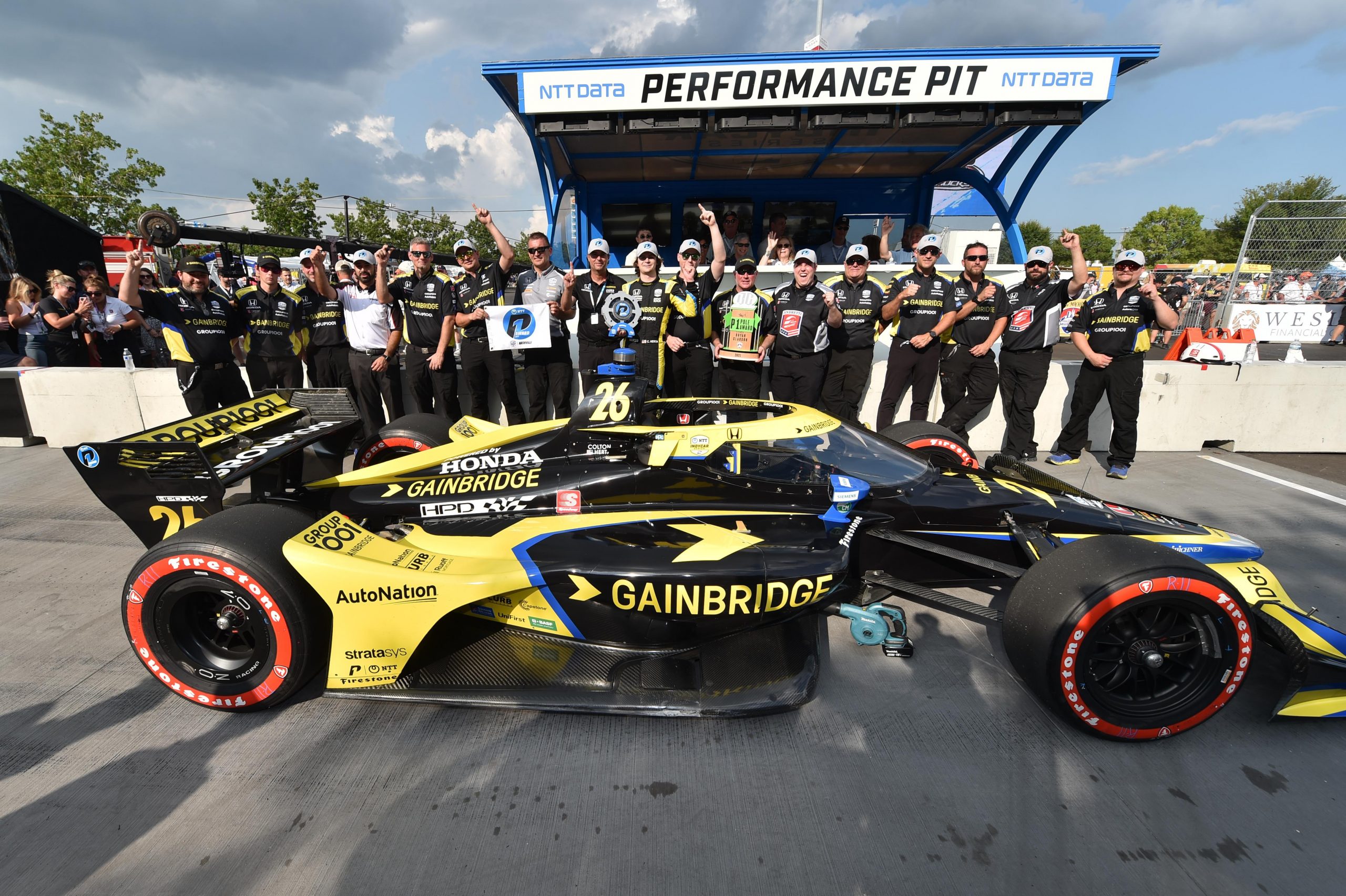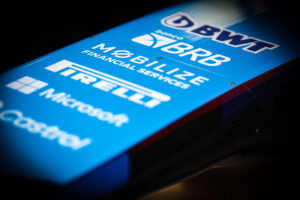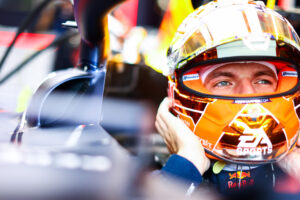Qualifying structures vary from series to series, from the needlessly complex to the tried and true, transfer system. What does IndyCar use?
IndyCar utilizes the latter, and at first glance, it may seem a little complicated. The biggest complication lies in the difference between oval qualifying and road course qualifying. So let’s break down exactly how IndyCar qualifies across the various track formats.
Road and Street Course Qualifying
The session gets started with the field being split in half. The odd-numbered finishers from the last practice session make up one group with the even-numbered finishers comprising the other. Both groups compete to end up in the fast six of their respective group to move on to the next round. Those that don’t transfer are placed in their respective grid slot based on their fastest lap.
The next two rounds are very straightforward. In the second round, 12 drivers turn laps and fight to stay in the top six to move on to the final round. The “Fast Six” can be some of the most exciting yet heartbreaking on-track action of the weekend. At the end of the day, the driver with the fastest lap time gets the coveted pole position and leads the field to green come race day.
Outside the number of drivers that transfer and the split first round, IndyCar qualifying on road and street courses very closely mirrors that of F1’s qualifying format but with a few more key differences.
The biggest difference is how IndyCar deals with red flags in qualifying. In F1, if you cause a red flag for any reason, your fastest time remains the same. In IndyCar, if you cause a red flag intentionally or not, your fastest time is deleted, and depending on when in the session this happens, that could spell a trip to the back of the pack for the race.
Oval Qualifying
Another unique thing about the series is that IndyCar uses a different qualifying format for its oval races. At normal oval races like Gateway and Texas, the drivers each get a warm-up and two laps to set the fastest average speed. They run in reverse championship order with the lowest-scoring driver going first.
The biggest outlier on the season is the Indianapolis 500. A race and format steeped in tradition, the 500 Qualifying format has evolved with the times but still retains the uniqueness that flows all throughout that race.
At the 500, the order is decided by random draw and each driver has a warm-up and four hot laps to set the best average speed around the famed Indianapolis Motor Speedway oval. Once each driver sets a time, the track is then opened for drivers to try and set a better time.
Qualifying Strategy
The pit lane is where things get complicated at the 500. To set a new time you can place your car in two lines. Either the fast lane where you can skip all the traffic and get priority, but you have to give up your current fastest time, or the slow lane where you have to wait in line to run, but you have a faster lap time to fall back on if things don’t go according to plan.
The nine fastest drivers from the first qualifying day will compete in a final session the Sunday before the race. Using the same four-lap average system, the nine cars go out in order from slowest to fastest speeds from the last qualifying session to fight for the honor to take the green flag in the Indy 500.
Each driver only gets one chance to qualify in the fast nine and at the end of the day, a polesitter is crowned with the fastest average over four laps.






